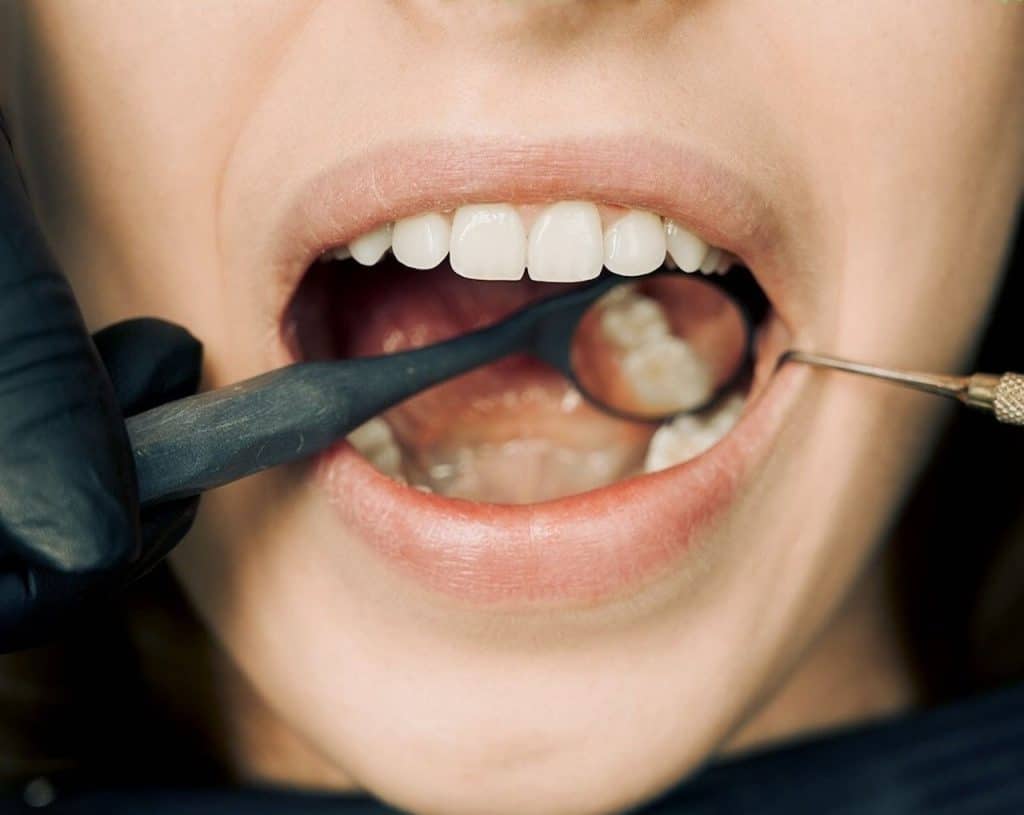Gum disease, also known as periodontal disease, is a common yet serious condition that can lead to tooth loss if left untreated. It’s caused by the buildup of plaque—a sticky film of bacteria—on the teeth and gums. In this guide, we’ll explore the best practices for preventing gum disease and the most effective treatments if you’re already dealing with it. Whether you’re a new patient concerned about your gum health or an existing patient looking to improve your oral hygiene, these tips are for you.
Understanding Gum Disease
Gum disease begins with gingivitis, the inflammation of the gums. If untreated, it can progress to periodontitis, a more severe form that affects the tissues and bone supporting the teeth. Key symptoms of gum disease include:
- Red, swollen, or bleeding gums
- Persistent bad breath
- Receding gums
- Loose or sensitive teeth
Prevention Tips for Gum Disease
- Maintain a Consistent Oral Hygiene Routine
Good oral hygiene is the cornerstone of preventing gum disease. Here’s how to keep your gums healthy:
-
- Brush Twice Daily: Use a soft-bristled toothbrush and fluoride toothpaste to brush your teeth for at least two minutes. Pay special attention to the gumline, where plaque often accumulates.
- Floss Daily: Flossing removes food particles and plaque from between your teeth and below the gumline, areas that your toothbrush can’t reach. Make sure to floss gently to avoid damaging your gums.
- Use Antimicrobial Mouthwash
An antimicrobial mouthwash can help reduce plaque and prevent gum disease. Rinse with mouthwash after brushing and flossing to kill bacteria and freshen your breath. Look for products with the American Dental Association (ADA) Seal of Acceptance for proven effectiveness.
- Eat a Balanced Diet
Your diet plays a crucial role in your oral health. Foods rich in vitamins and minerals, particularly vitamin C and calcium, support healthy gums and teeth. Limit sugary snacks and beverages, as they contribute to plaque buildup and gum disease.
- Avoid Tobacco Products
Smoking and using other tobacco products are significant risk factors for gum disease. They reduce blood flow to the gums, impair healing, and increase the buildup of plaque and tartar. Quitting tobacco can greatly improve your gum health and overall well-being.
- Visit Your Dentist Regularly
Regular dental check-ups and professional cleanings are essential for preventing gum disease. Our dental team can remove hardened plaque (tartar) that cannot be cleaned at home and identify early signs of gum disease before it progresses. Aim for at least two visits per year, or more if you’re at higher risk for gum disease.
Treating Gum Disease
If you’re already experiencing symptoms of gum disease, don’t worry—effective treatments are available. Here are some common methods used to treat gum disease:
- Scaling and Root Planing
This deep-cleaning procedure removes plaque and tartar from above and below the gumline. Scaling involves scraping away tartar, while root planing smooths rough spots on the tooth roots to help the gums reattach to the teeth. It’s usually done under local anesthesia for comfort.
- Antibiotic Treatments
We may prescribe topical or oral antibiotics to control bacterial infection. Topical treatments can include antibiotic gels or mouth rinses, which are applied directly to the gums. Oral antibiotics may be used for more severe infections.
- Surgical Treatments
In advanced cases of gum disease, surgical intervention may be necessary. Procedures like flap surgery, where the gums are lifted to remove tartar, or bone grafts to regenerate lost bone, can help restore gum health and save teeth.
- Laser Therapy
Laser therapy is a less invasive option for treating gum disease. It targets and removes diseased tissue while reducing bleeding and promoting faster healing. It’s an effective treatment for both gingivitis and periodontitis.
- Gum Grafting
If you have significant gum recession, a gum graft can restore the lost tissue. This procedure involves taking tissue from another part of your mouth and attaching it to the affected area to cover exposed roots and reduce sensitivity.
Preventing and treating gum disease is vital for maintaining a healthy smile and overall health. By following these prevention tips and seeking prompt treatment if needed, you can keep your gums in excellent condition and avoid the complications of advanced gum disease.
Are you concerned about your gum health or experiencing symptoms of gum disease? Don’t wait—schedule an appointment with us at Leaside Village Dental in East York. Our dental team is dedicated to providing comprehensive care to keep your gums and teeth healthy. Contact us now, by calling (647) 346-3368 to book your consultation and take the first step toward a healthier smile!

